Naranjilla Plants - Naranjilla Growing Information And Care
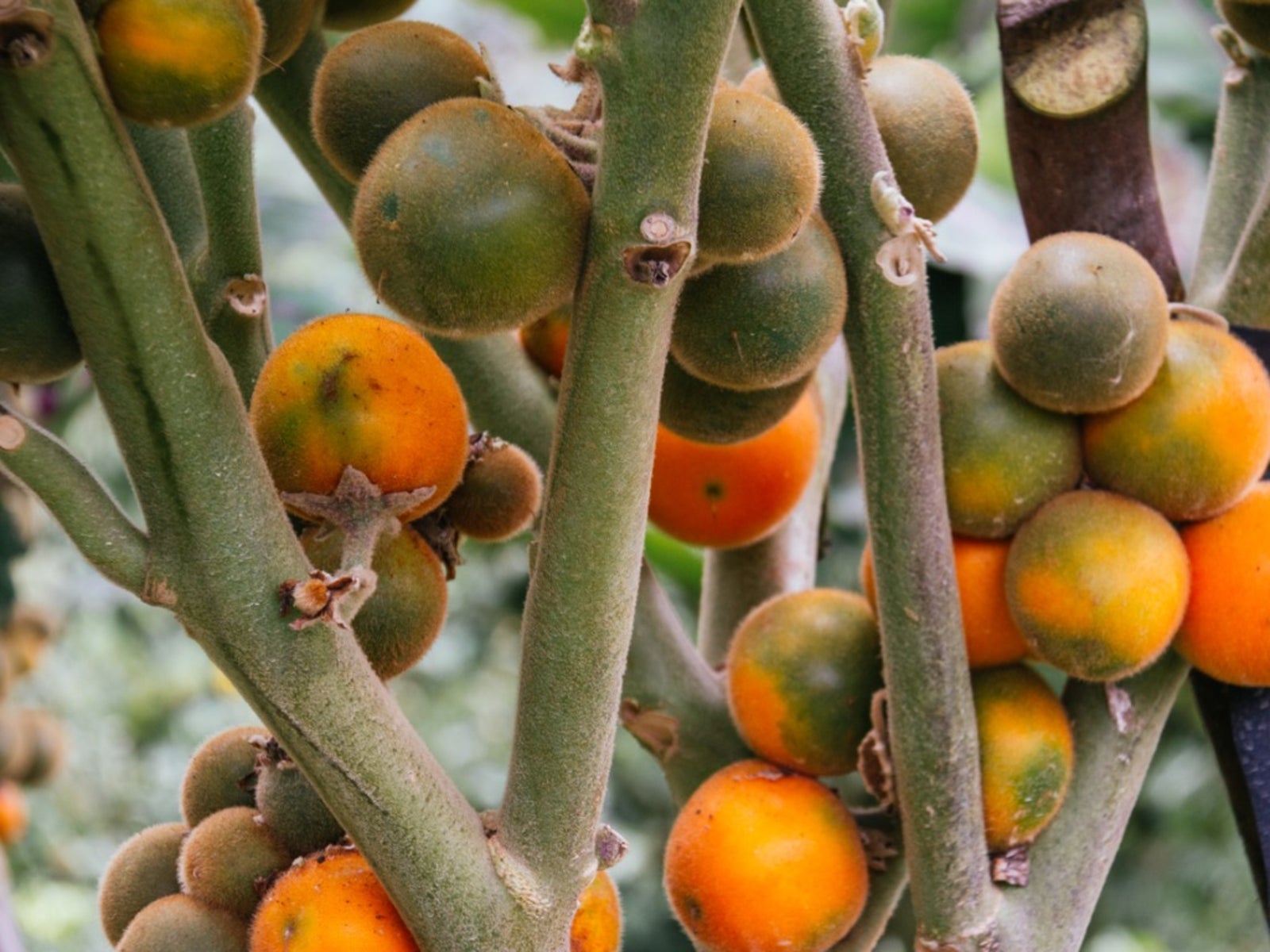
An exotic plant and fruit in its own right, the naranjilla (Solanum quitoense) is an interesting plant for those wishing to learn more about it, or even wanting to grow it. Keep reading for naranjilla growing information and more.
Naranjilla Growing Information
“The golden fruit of the Andes,” naranjilla plants are herbaceous shrubs with a spreading habit that are commonly found throughout Central and South America. Wild growing naranjilla plants are spiny while cultivated varieties are spineless and both types having thick stems which become woody as the plant matures. The foliage of the naranjilla consist of 2 foot (61 cm.) long, heart-shaped leaves that are soft and woolly. When young the leaves are coated with brilliant purple hairs. Fragrant flower clusters are borne from the naranjilla plants with five white upper petals morphing into purple haired beneath. The resulting fruit is covered with brown hairs that are easily rubbed off to reveal the bright orange exterior. Inside the naranjilla fruit, the green to yellow juicy sections are separated by membranous walls. The fruit tastes like a delicious combination of pineapple and lemon and is peppered with edible seeds. This tropical to subtropical perennial resides within the family Solanaceae (Nightshade) and is believed to be native to Peru, Ecuador, and southern Colombia. Naranjilla plants were first introduced to the United States through a gift of seeds from Colombia in 1913 and from Ecuador in 1914. The New York World's Fair in 1939 really created some interest with the exhibit of the naranjilla fruit and 1,500 gallons of juice to be sampled. Not only is naranjilla fruit juiced and drunk as a beverage (lulo), but the fruit (including the seeds) is also used in various sherbets, ice creams, native specialties, and may even be made into wine. The fruit may be eaten raw by rubbing off the hairs and then halving and squeezing the juicy flesh into ones mouth, discarding the shell. That said, edible fruit should be completely ripe or else it may be quite sour.
Naranjilla Growing Conditions
Other naranjilla growing information is in reference to its climate. Although it is a subtropical species, the naranjilla cannot tolerate temperatures over 85 degrees F. (29 C.) and flourishes in climates with temps between 62 and 66 degrees F. (17-19 C.) and high humidity. Intolerant of full sun exposure, naranjilla growing conditions should additionally be in semi-shade and it will thrive in higher altitudes of up to 6,000 feet (1,829 m.) above sea level with well distributed precipitation. For these reasons, naranjilla plants are often grown in northern conservatories as specimen plants but do not bear fruit in these temperate latitudes.
Naranjilla Care
Along with its temperature and water requirements, naranjilla care cautions against planting in areas of strong winds. Naranjilla plants like partial shade in rich organic soils with good drainage, although naranjilla will also grow in less nutrient rich stony soils and even on limestone. In areas of Latin America propagation of naranjilla is usually from seed, which is first spread out in a shaded area to ferment slightly to reduce mucilage, then washed, air dried, and dusted with a fungicide. Naranjilla can also be propagated by air layering or from cuttings of mature plants. Seedlings bloom four to five months after transplantation and fruit appears 10 to 12 months after seeding and continues for three years. Thereafter, the fruit production of the naranjilla declines and the plant dies back. Healthy naranjilla plants bear 100 to 150 fruit in their first year.
Gardening tips, videos, info and more delivered right to your inbox!
Sign up for the Gardening Know How newsletter today and receive a free copy of our e-book "How to Grow Delicious Tomatoes".

Amy Grant has been gardening for 30 years and writing for 15. A professional chef and caterer, Amy's area of expertise is culinary gardening.
-
 Looking For Plants To Give You The Soft And Fuzzies? Try These 5 Fuzzy Leaf Plant Options
Looking For Plants To Give You The Soft And Fuzzies? Try These 5 Fuzzy Leaf Plant OptionsLovers of texture, drama, silver foliage and tactile plants will adore these special sensory garden additions. These fuzzy leaf plant options will leave you all aglow
By Susan Albert
-
 Get Ready For A Summer Of Hummers! Grow These Full Sun Hummingbird Plants and Flowers
Get Ready For A Summer Of Hummers! Grow These Full Sun Hummingbird Plants and FlowersIf you’re lucky enough to enjoy a sunny backyard, make sure you are maxing out on your pollinator opportunities and grow these full sun hummingbird plants and flowers
By Tonya Barnett
-
 Naranjilla Pest Problems: What Are Common Naranjilla Pests
Naranjilla Pest Problems: What Are Common Naranjilla PestsThe naranjilla plant is a tough little tree, but it occasionally gets attacked by naranjilla pests, notably the root knot nematode. For information about naranjilla pest problems, including a list of bugs that eat naranjilla, this article can help.
By Teo Spengler
-
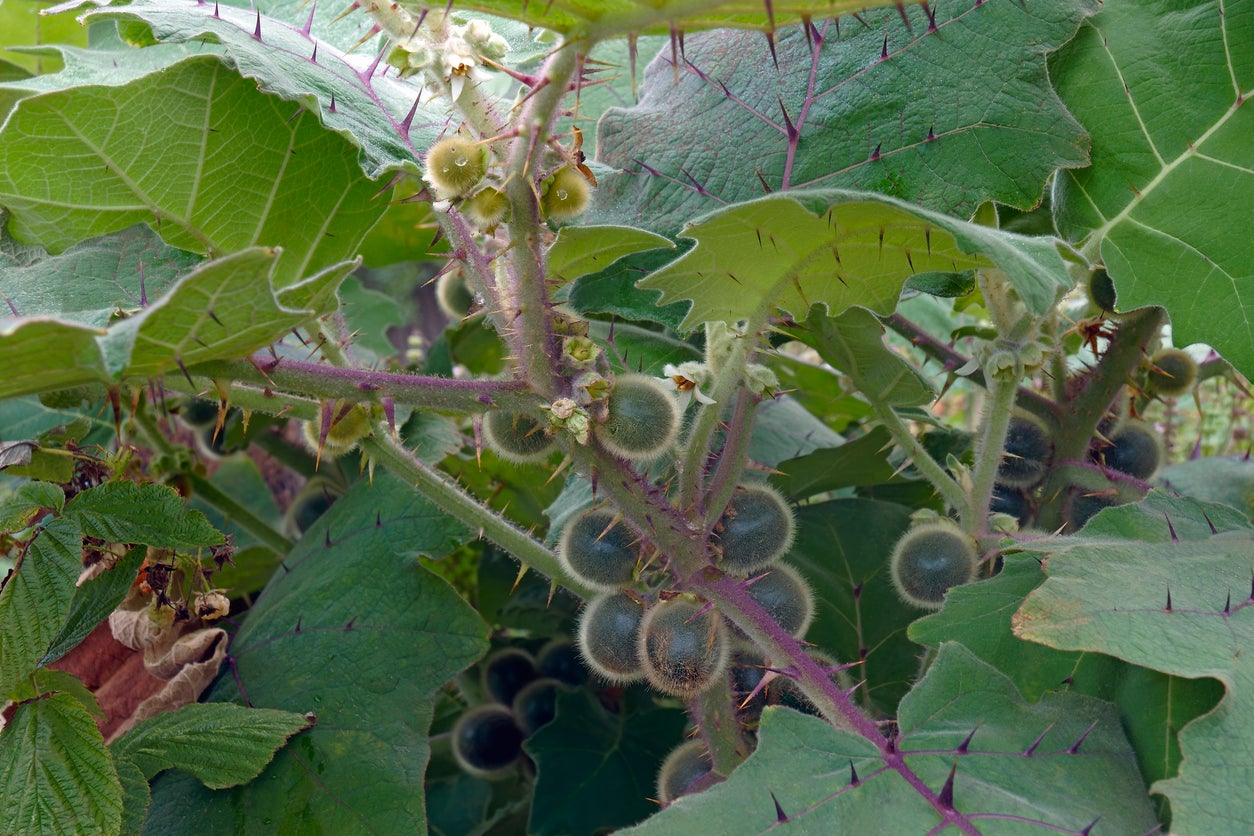 Naranjilla Propagation: Tips For Growing New Naranjilla Trees
Naranjilla Propagation: Tips For Growing New Naranjilla TreesA common name of “little orange” might lead one to think naranjilla is a citrus, but it is not. However, the taste is similar to a tart pineapple or lemon. If you want to grow this unusual specimen or have one and wish for more, learn how to propagate naranjilla here.
By Becca Badgett
-
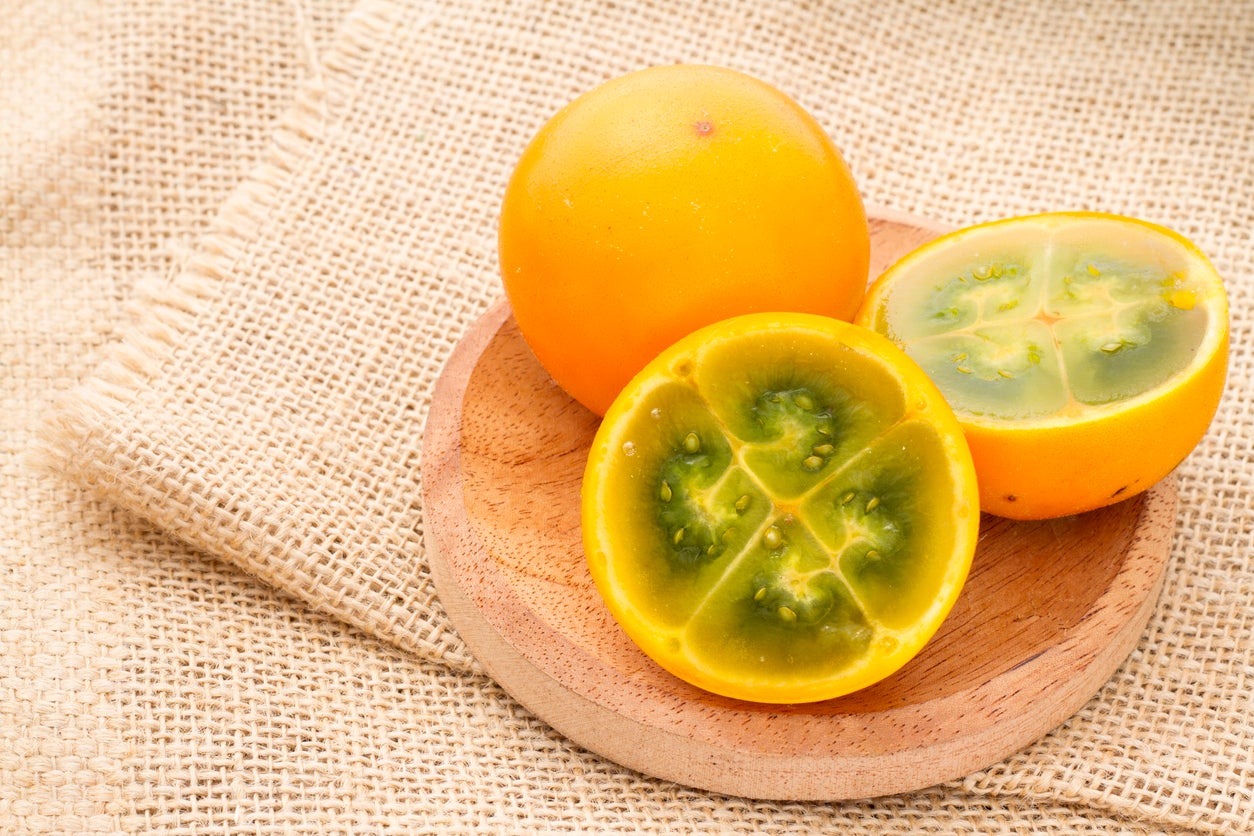 Picking Naranjilla Fruits: Tips For Harvesting Naranjilla
Picking Naranjilla Fruits: Tips For Harvesting NaranjillaNaranjilla fruit tends to be flavorless and unpleasant when unripe. However, it can be tangy and delicious if naranjilla harvest occurs at the optimum point of ripeness. So, how to you know when to harvest naranjilla? Learn more about harvesting this interesting fruit here.
By Mary H. Dyer
-
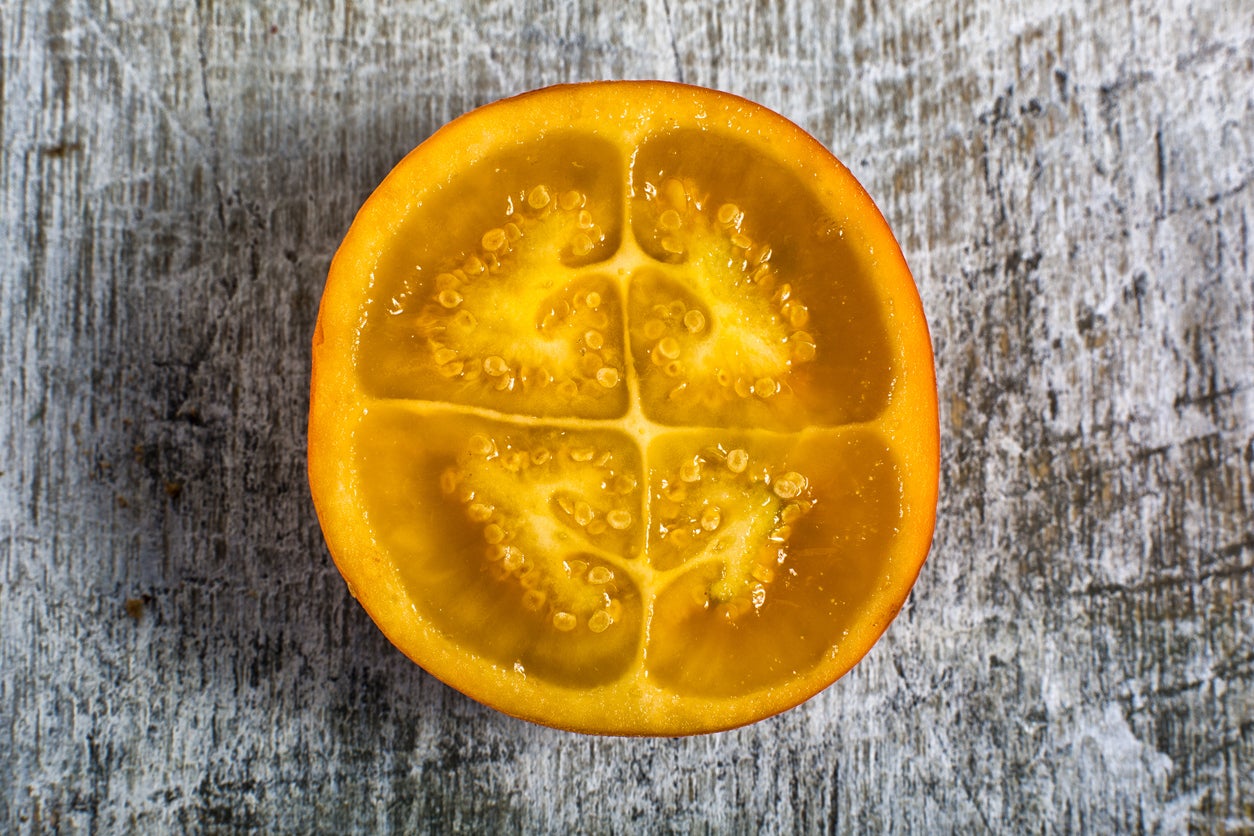 Naranjilla Seed Propagation – Learn How To Grow Naranjilla From Seed
Naranjilla Seed Propagation – Learn How To Grow Naranjilla From SeedIt’s a lot of fun to bring naranjilla into your garden, and inexpensive too, since you can easily grow naranjilla from seed. Click this article for information about naranjilla seed germination as well as tips for propagating naranjilla seeds.
By Teo Spengler
-
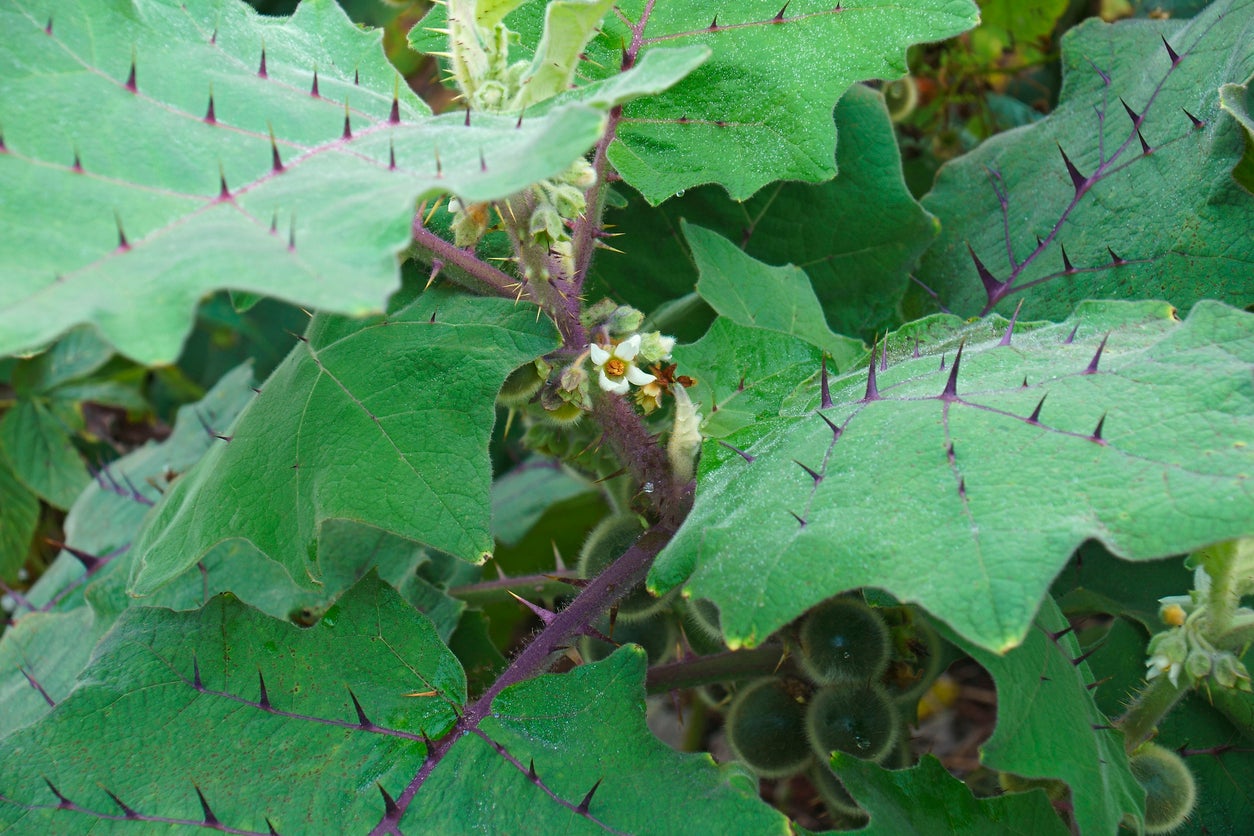 Naranjilla Layering Info: Learn How To Layer Naranjilla Trees
Naranjilla Layering Info: Learn How To Layer Naranjilla TreesInterested in learning how to layer naranjilla? Air layering, which involves rooting a naranjilla branch while it’s still attached to the parent plant, is surprisingly easy. Click on the following article to learn about naranjilla air layering propagation.
By Mary H. Dyer
-
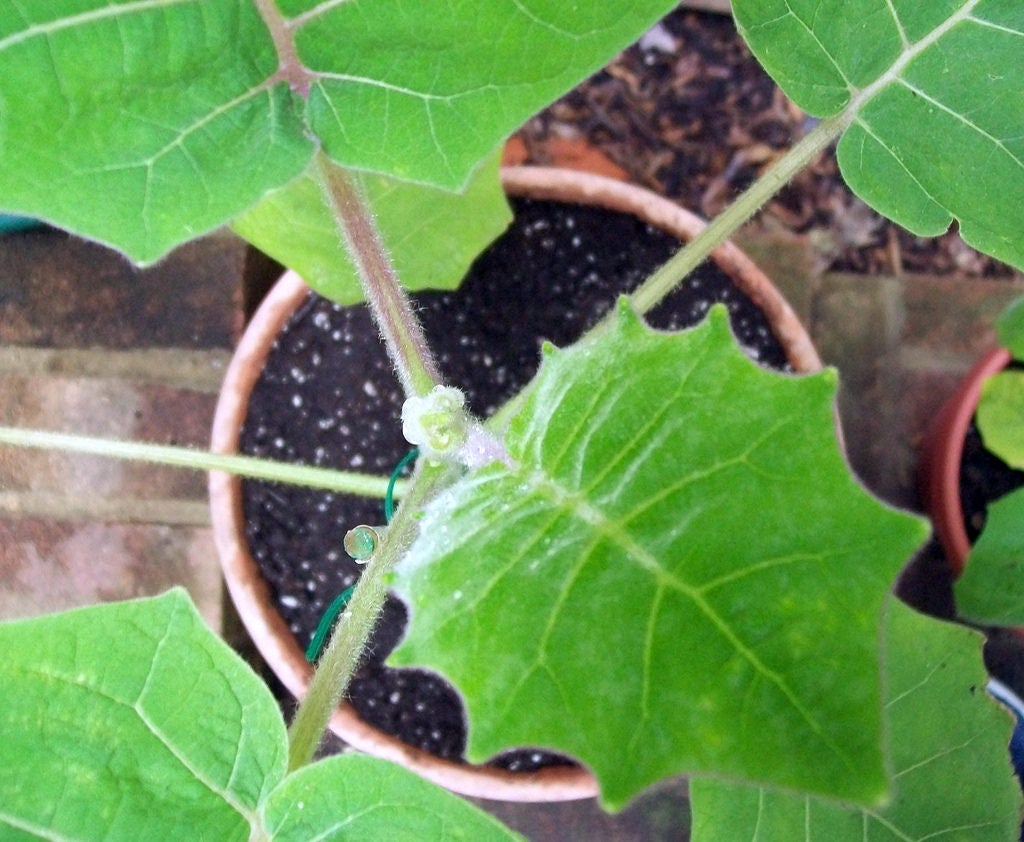 Growing Naranjilla From Cuttings – How To Root Naranjilla Cuttings
Growing Naranjilla From Cuttings – How To Root Naranjilla CuttingsCan you grow naranjilla from cuttings? Yes, you sure can, and it’s not all that difficult. Click on the following article to learn about naranjilla cutting propagation and growing naranjilla from cuttings.
By Mary H. Dyer
-
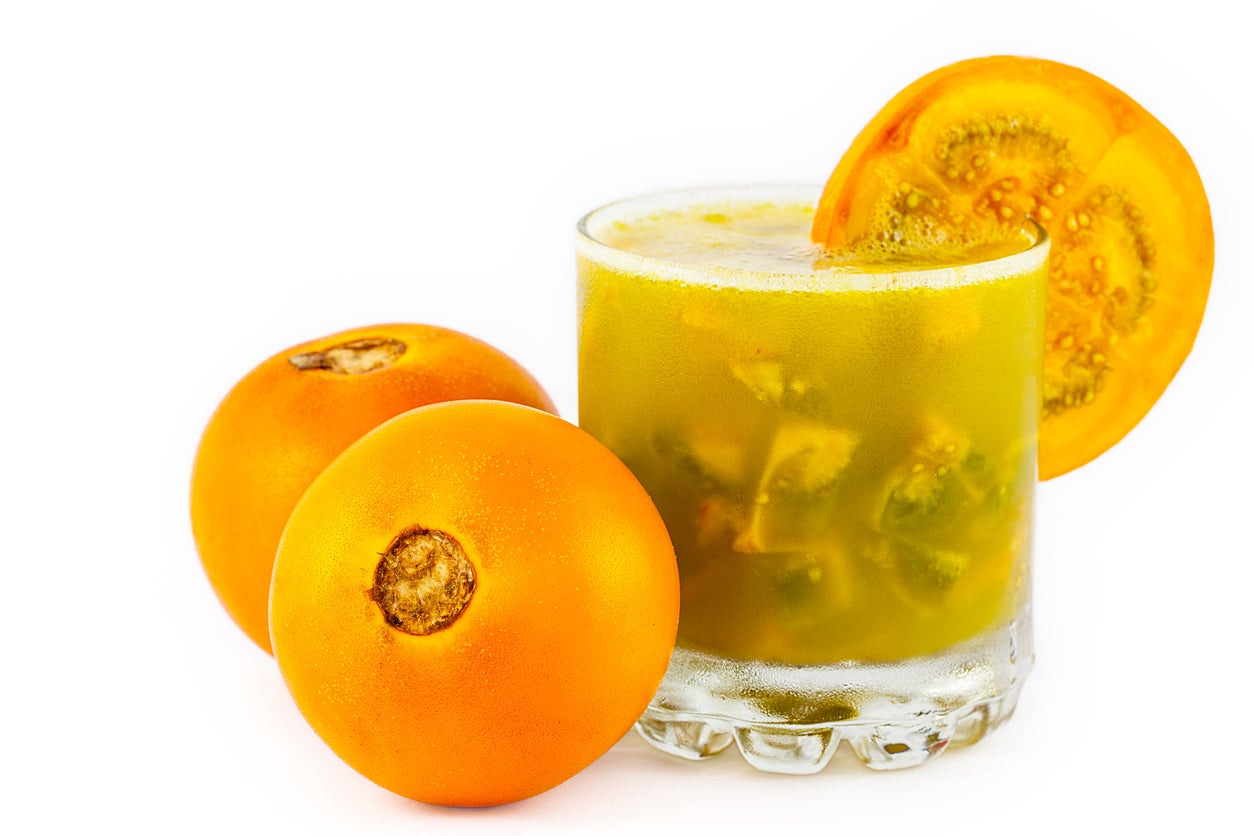 Eating Naranjilla – Learn How To Use Naranjilla Fruit
Eating Naranjilla – Learn How To Use Naranjilla FruitNaranjilla is indigenous to Colombia, Ecuador, Peru and Venezuela. If visiting these countries, it is highly recommended that you try eating it. Each culture has a different way of using naranjilla fruit; all are delicious. How do the locals use naranjilla? Find out here.
By Amy Grant
-
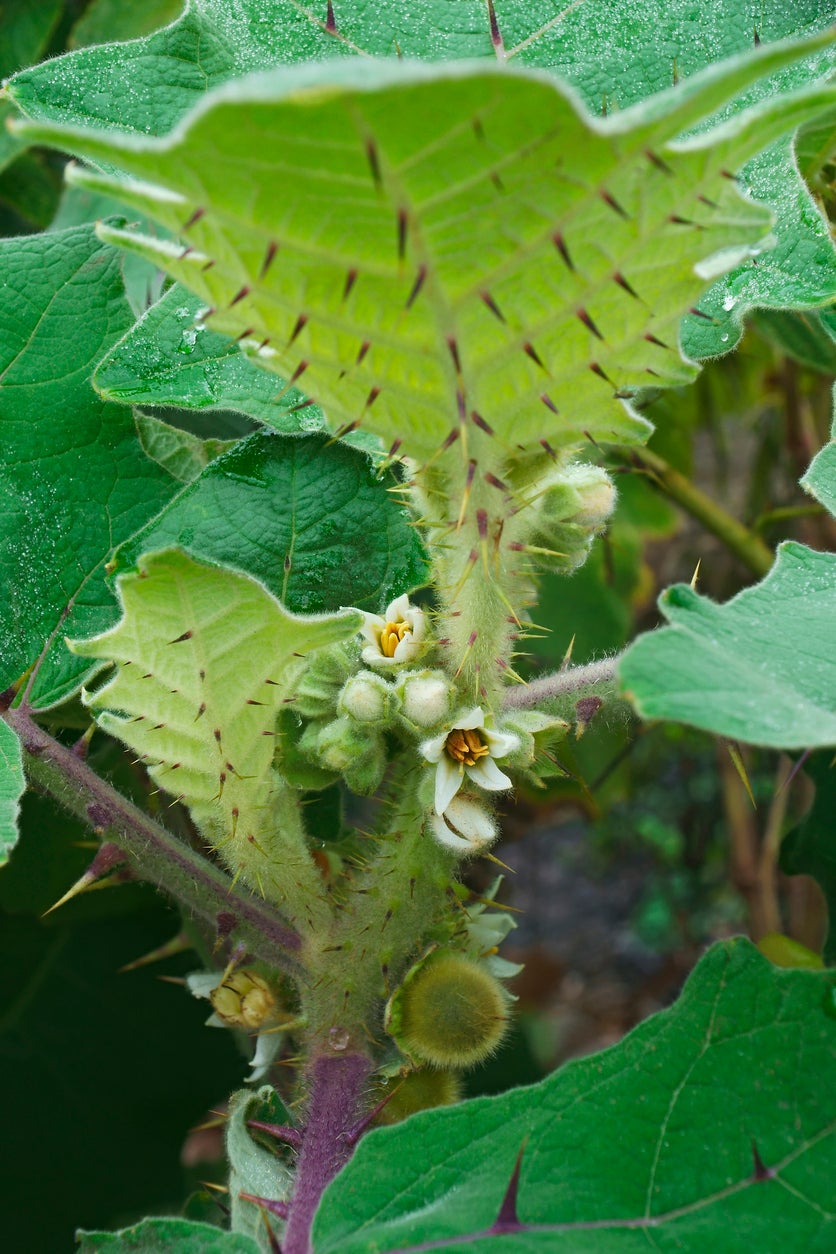 Kinds Of Naranjilla Fruit: Are There Different Varieties Of Naranjilla
Kinds Of Naranjilla Fruit: Are There Different Varieties Of NaranjillaThere are three naranjilla varieties: spineless types of naranjilla cultivated in Ecuador, spined varieties of naranjilla grown primarily in Colombia and another type called baquicha. The following article discusses the three different naranjilla varieties.
By Amy Grant